
Trash Fashion: The Wild World of Textile Recycling
Textile recycling is one of the oldest recycling industries, and it has developed some particularly fascinating and creative offshoots. The textile industry uses an enormous amount of natural resources, and natural fibers have to be grown: silk, wool, alpaca, cotton, linen, hemp, are all materials that are limited to how much can be grown, and where, and how quickly. Turning fibers into thread, and then into cloth and clothing was, in the past, a very labor intensive business, mostly done by women for their households and communities. We can thank Napoleon for requiring so much wool for military uniforms for his various wars that the sheep and the weavers couldn’t keep up, and his army began the first known textile recycling program.
Textiles were recycled before Napoleon directed his quartermasters to start saving uniforms and recycling them to new soldiers. Women have always taken the old and made something new again. Patchwork quilts in America kept the pioneers warm; old sari silk makes beautiful Kantha Quilts today. But the textile recycling world is much more complicated than women providing for their households and families. Part of the change is the global consumer demand for cheap goods, which has produced the sweatshops of Asia. Value is, to many people, associated with cost, and with the low-cost consumer goods mentality has come the staggering statistic that Americans throw away about 70 pounds of clothing, shoes, and household textiles a year. And we’re not alone; this pattern of buying cheap and throw away and then buy something new is prevalent throughout the Western world.
The textile recycling industry is growing in America, with around 2.5 billion pounds of post-consumer textile waste being removed from the waste stream yearly. The challenge remains, like in all recycling, how to bring a product made of several compounds and elements back to its original elements, which can then be recycled. Aluminum cans are made of aluminum, but tee shirts are made of cotton, nylon, and polyester, and every manufacturer had different blends of natural and man-made fibers that cannot be easily separated.
The process of post-consumer textile recycling uses either a mechanical or a chemical process to separate the fibers. But both processes cause the natural fibers to be cut, torn, or otherwise altered. Glass can be recycled into infinity, but wool and cotton are degraded by industrial processes. Pre-consumer recycling by manufacturers is usually done before fibers and materials are dyed or mixed; the expensive natural materials can be reused. The post-consumer textiles are a challenge to current industrial methods to separated them back to their original parts so that they can be reused in new manufacturing.
The challenges, then, are to find ways to renew, reuse, and recycle textiles without having to break them down into original elements and return them to the manufacturing stream. And the creatives among us have taken that challenge and run with it, or maybe we should say, run with it while knitting themselves a new purse. Natural textiles are precious. Silk is silk, after all, and gorgeous old silk saris and cloth are being turned into colorful yarns for knitters and textile artists. Re-fashionistas have a growing internet community of those who buy old clothes at the Goodwill, then cut off the sleeves and change the neckline, add a belt, and step out in a cool new dress.
High fashion and art have stepped in, and their use of recycled textiles to fashion new looks is charming and lovely. The approach many take is to use textiles to fashion new looks made of component parts, much like scales or feathers, smaller pieces that move together, such as we see in the gorgeous colors of the animal world. Gowns of pop-top caps gleam and move like mercury, with touches of color; skirts made of petal-layers of recycled cotton and linen blow in the breeze, a functional design element much appreciated during the summer.
But the artists have transformed recycling trash into great art. The African artist Anatsui uses small pieces of found trash, pieces of metal and paper and textiles, to create epic works of mixed media and sculpture that have power and majesty. His work resembles textiles, whole cloth quilts and ceremonial robes, art that moves as textiles do, and reflects the long tradition of remaking something beautiful out of the pieces we have left.














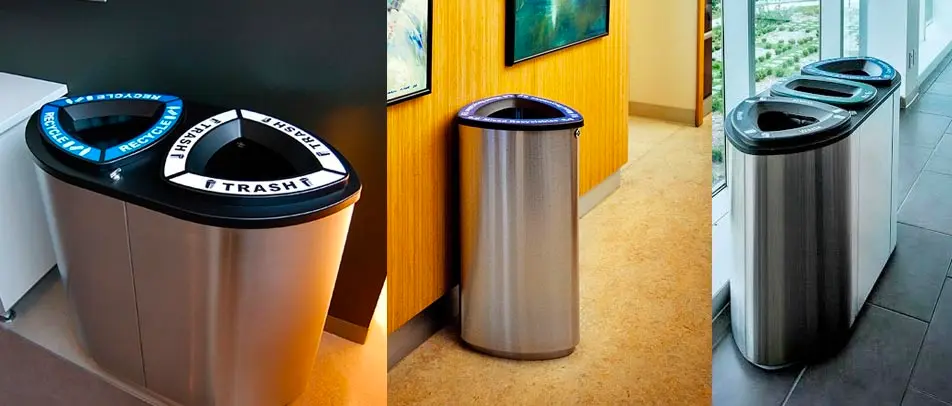
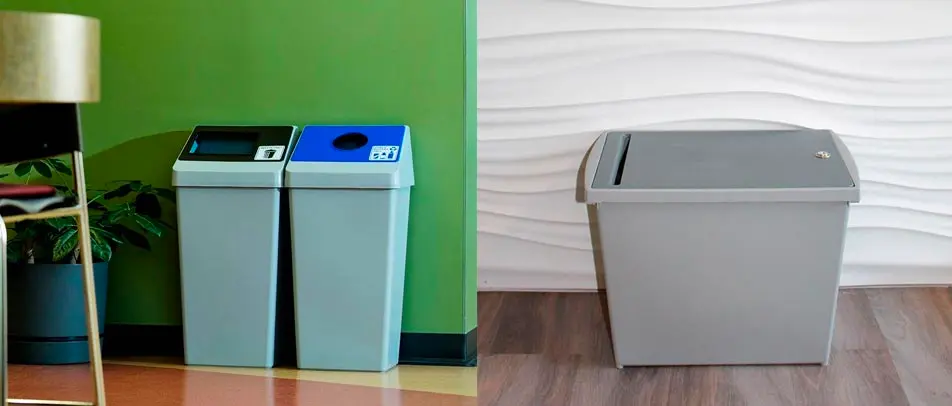


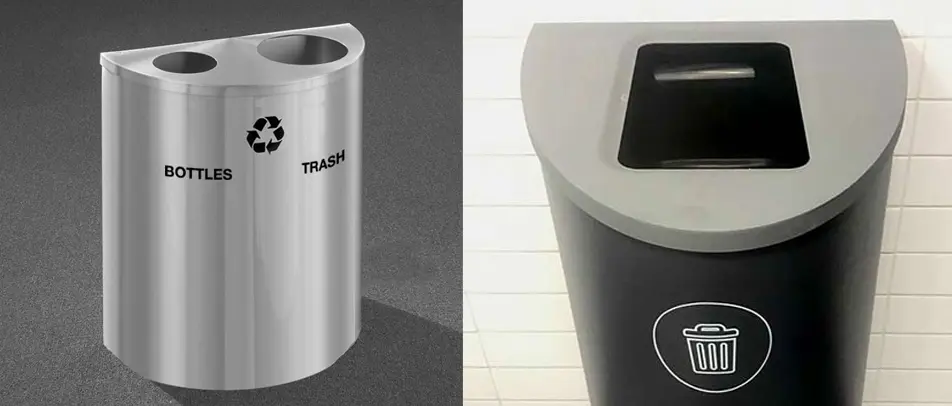


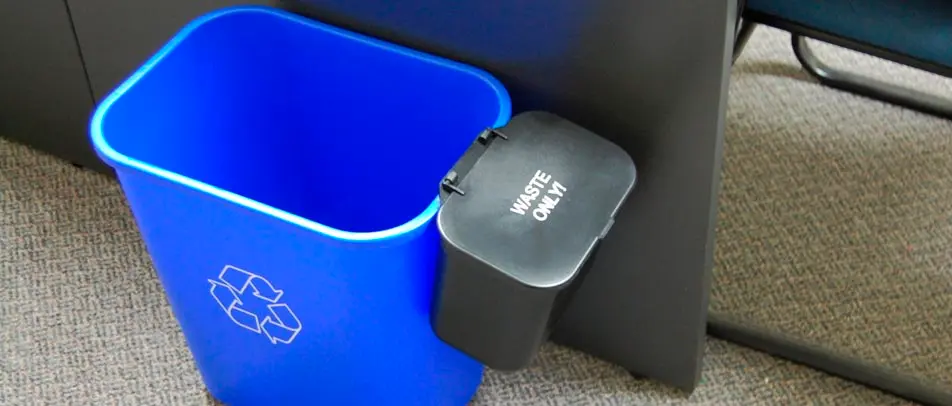
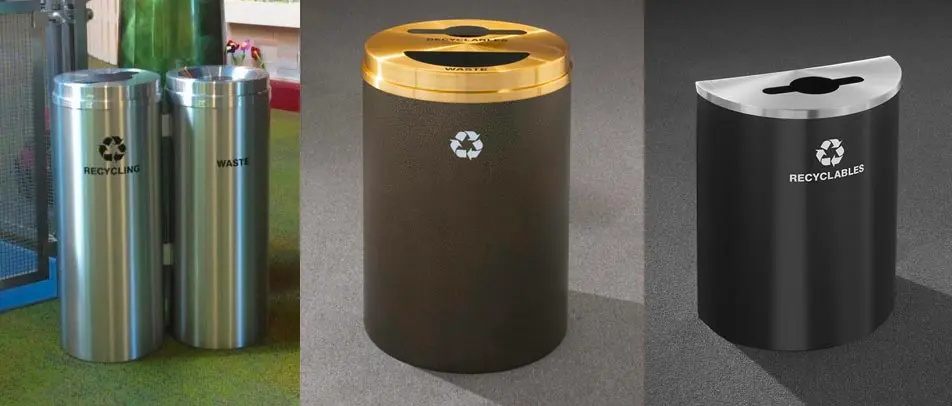
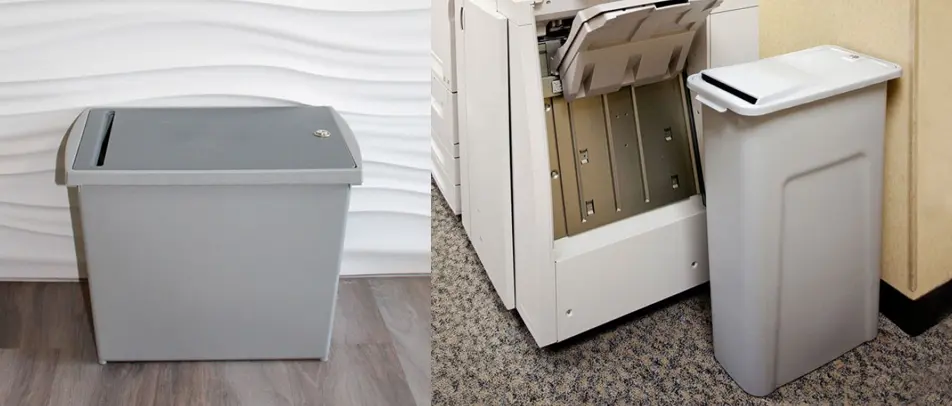

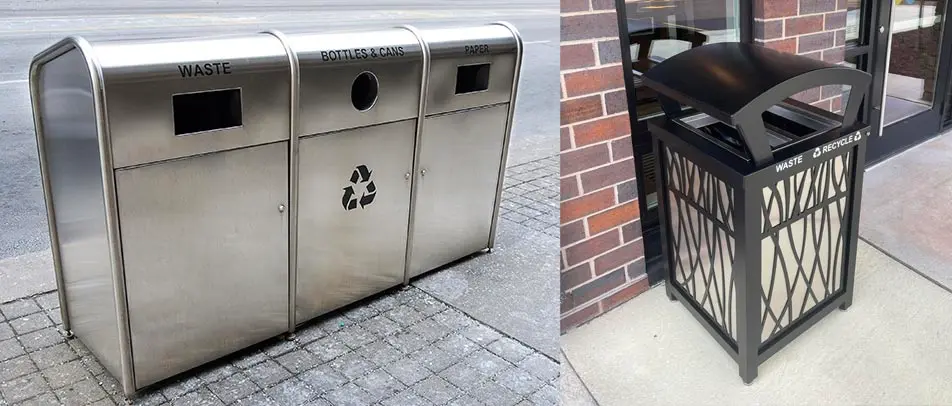



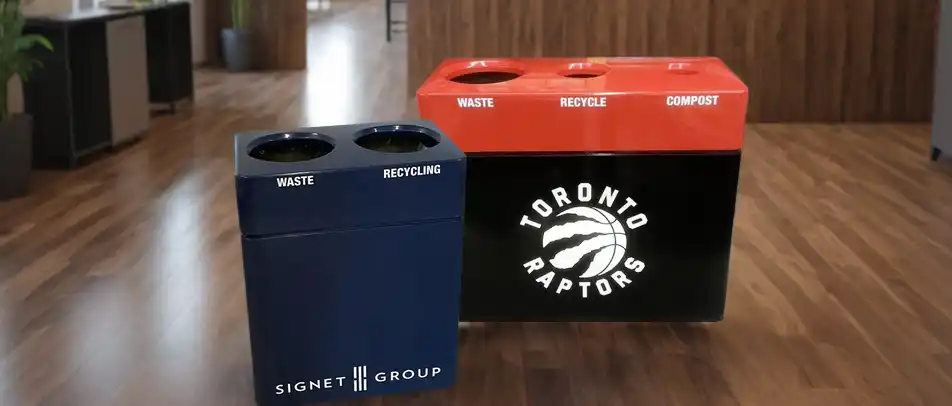



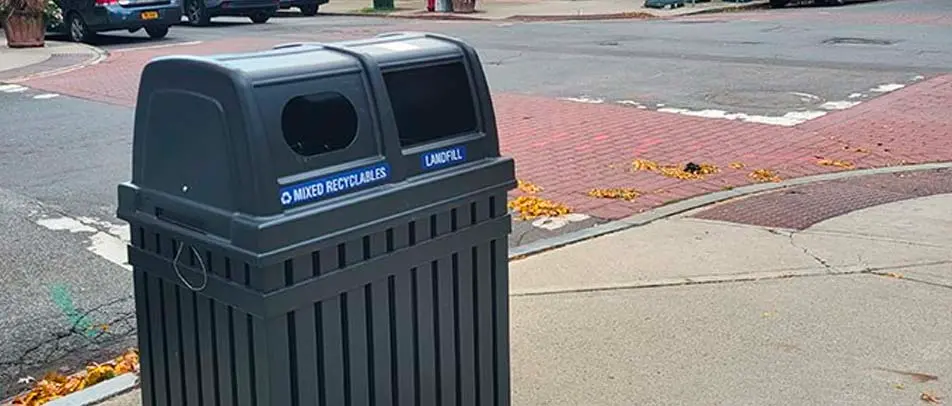
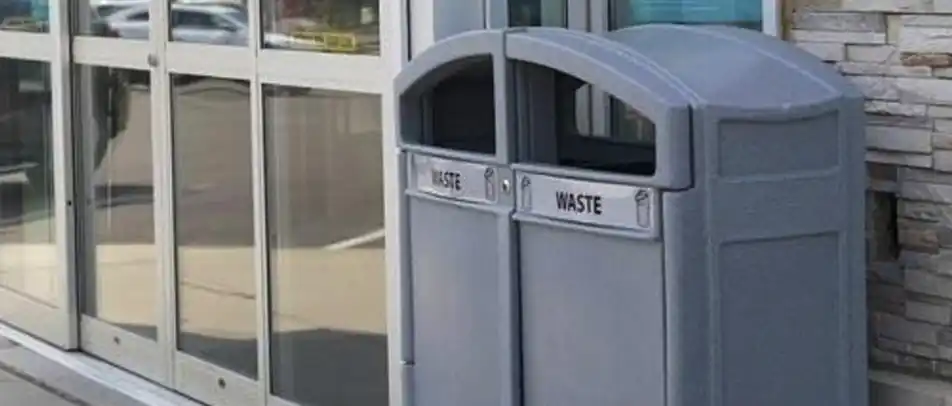
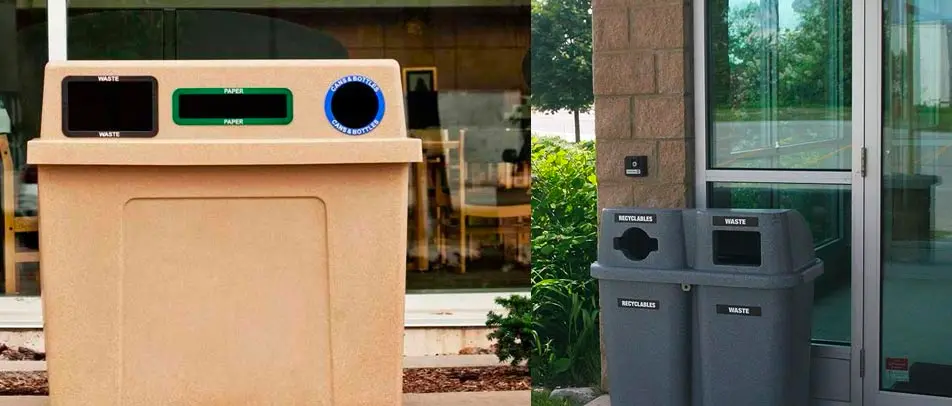
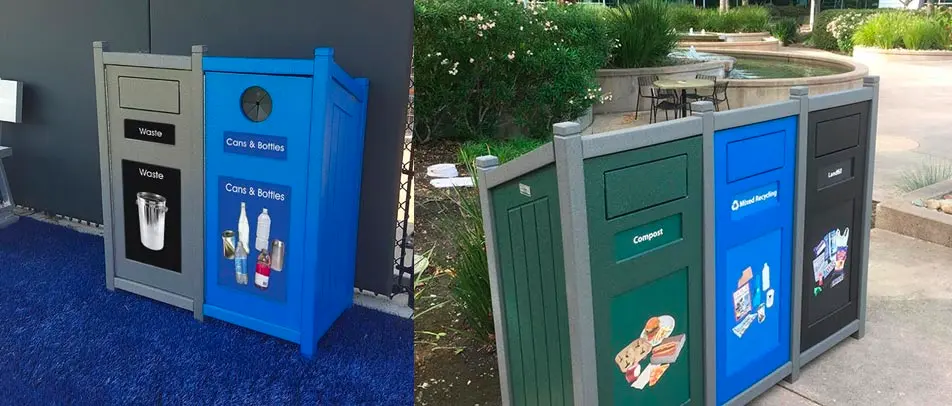
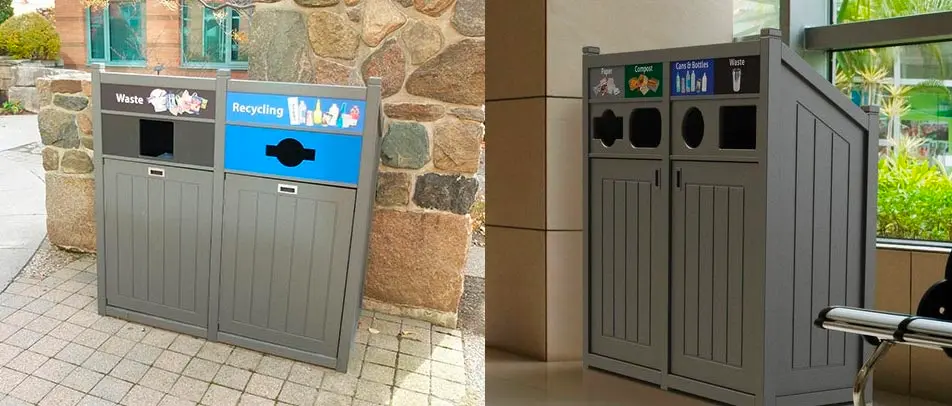



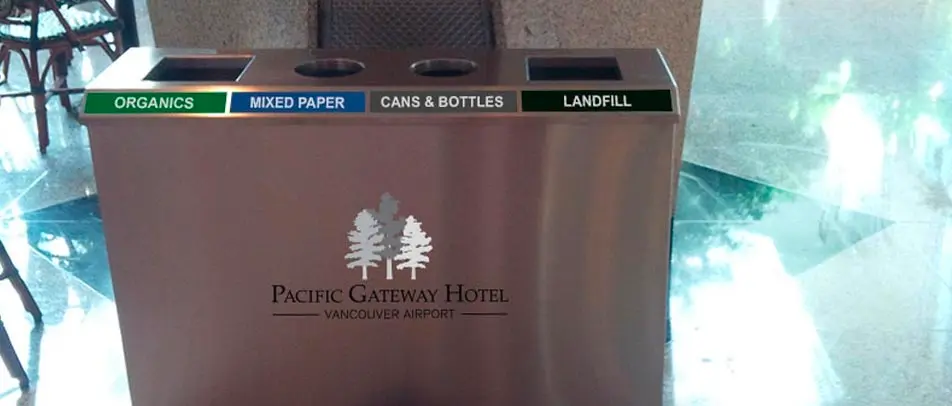

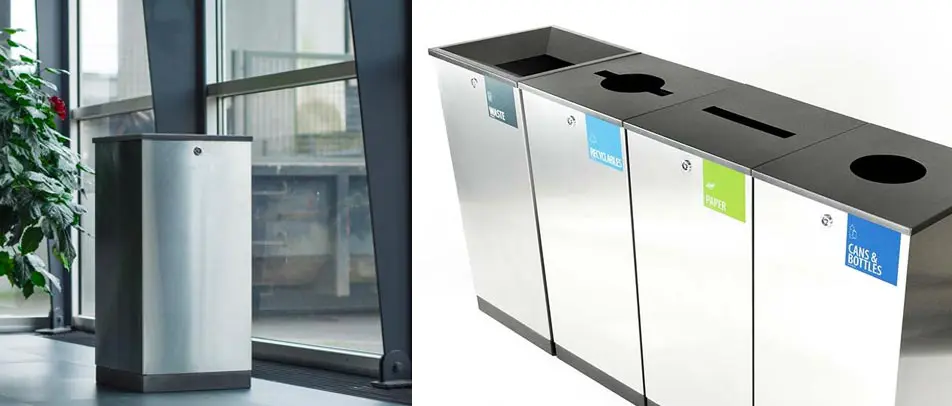
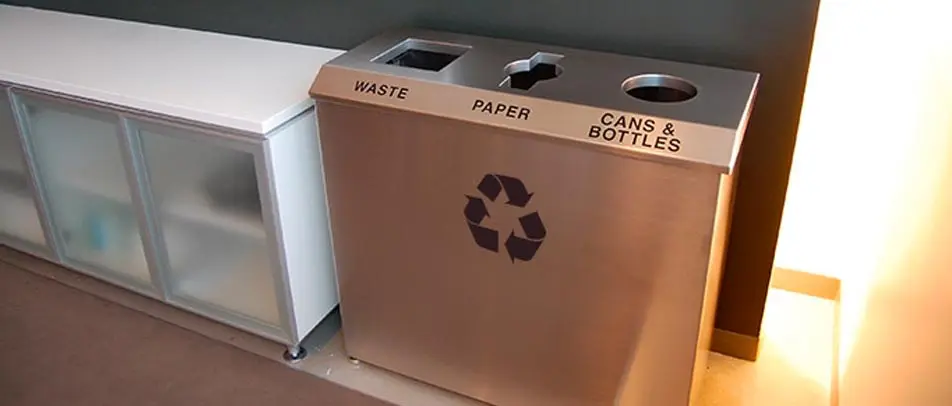
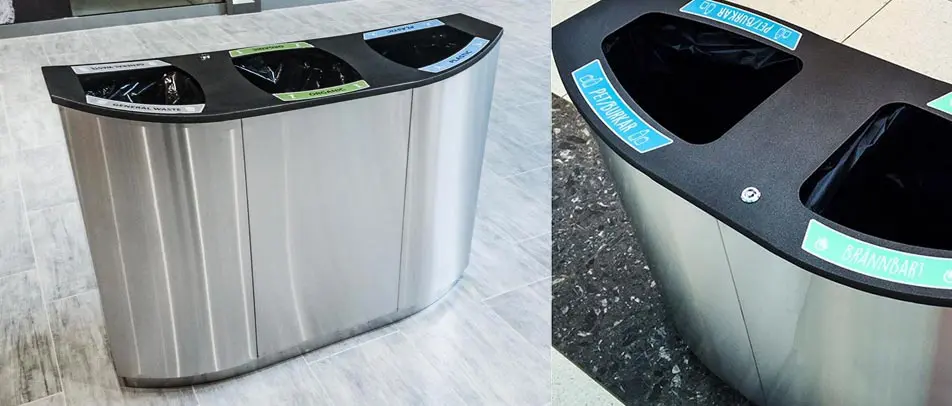

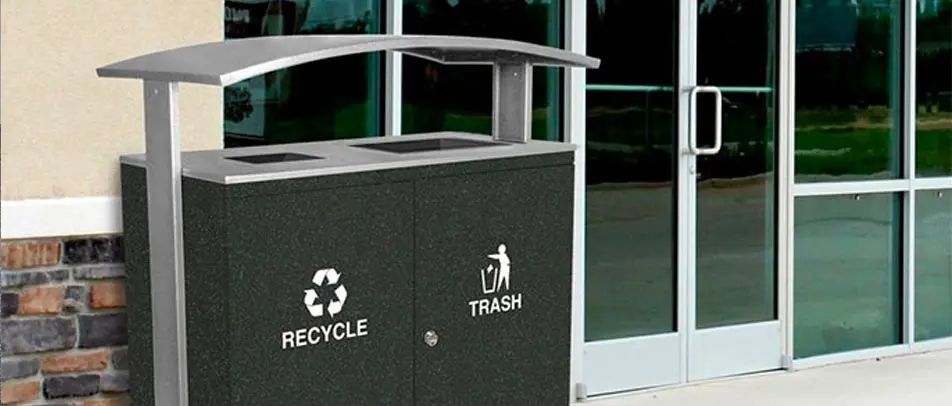
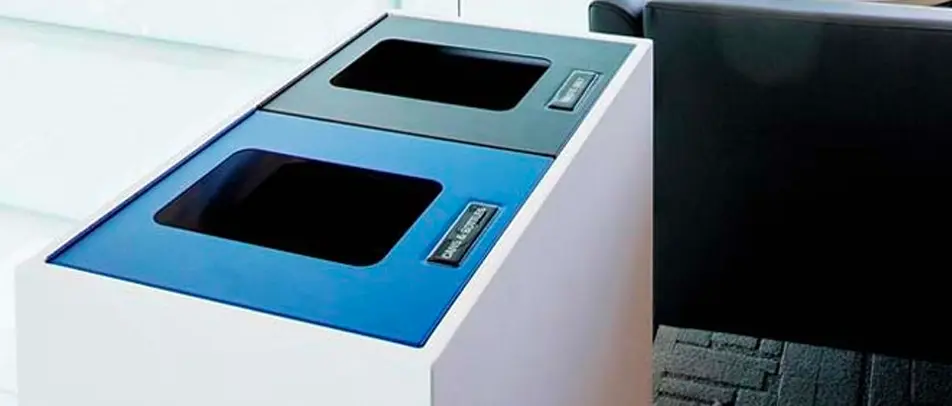
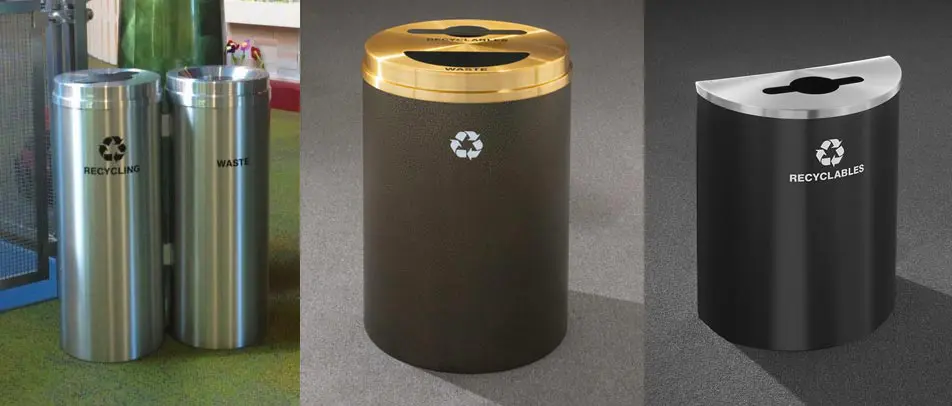

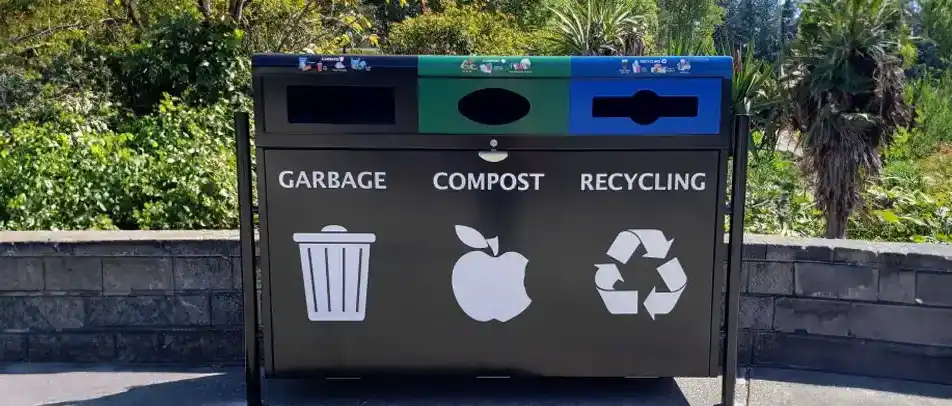
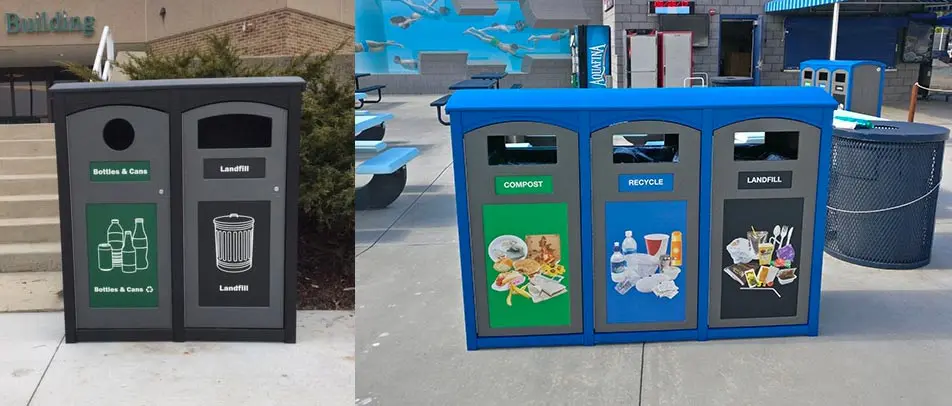
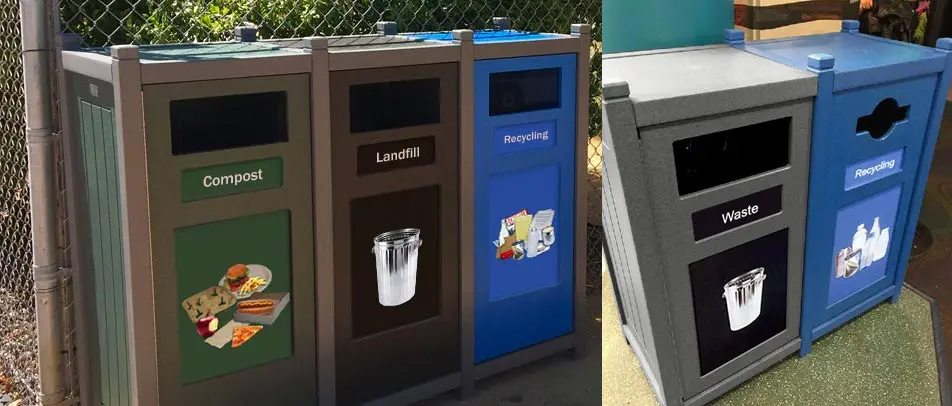


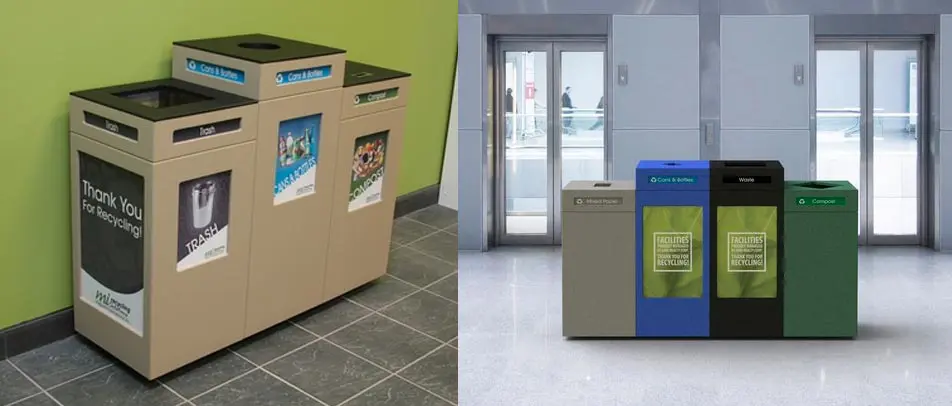
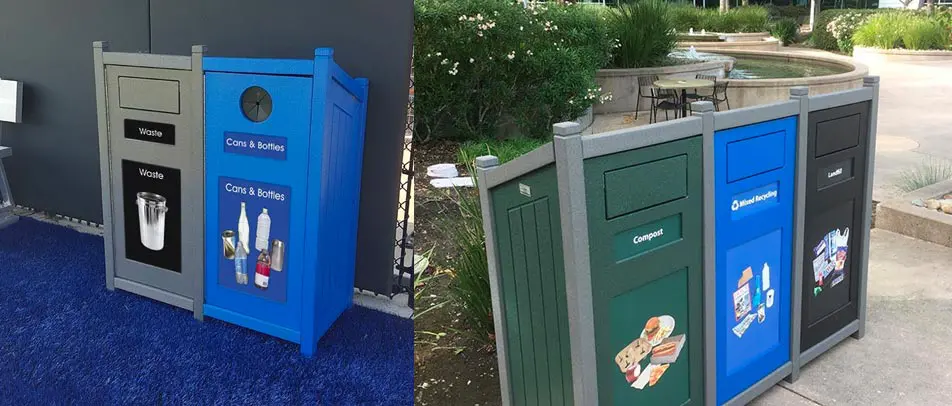
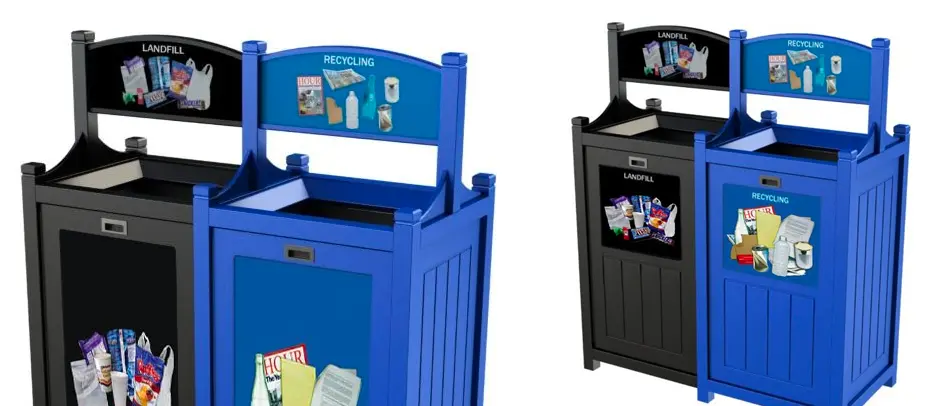


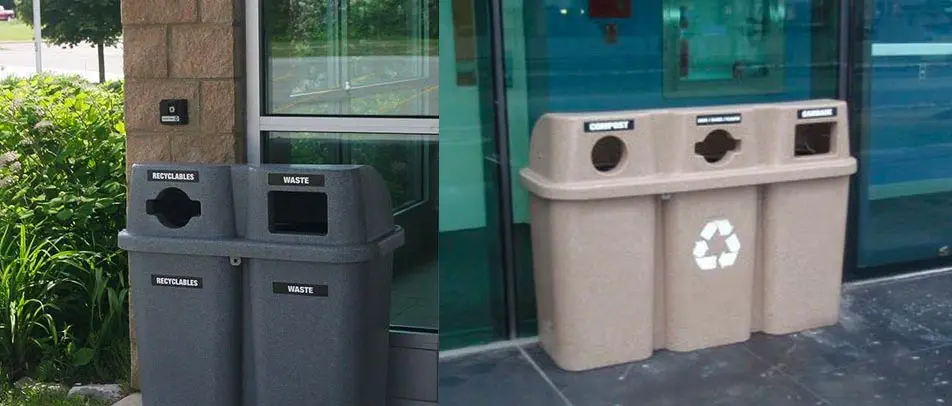
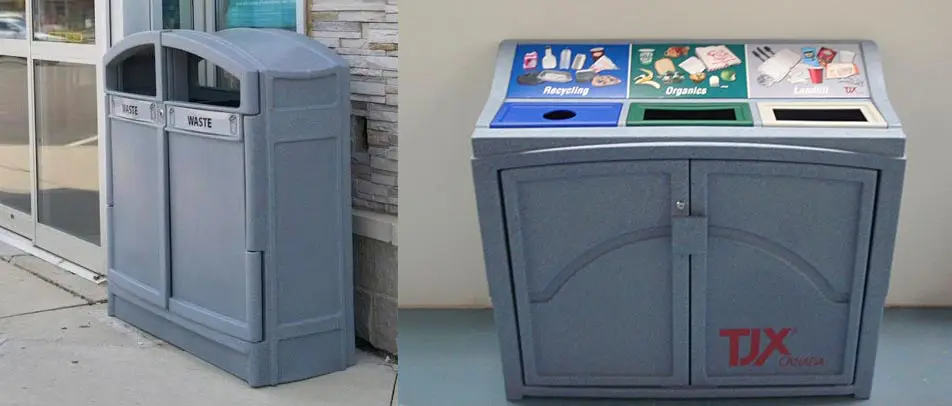
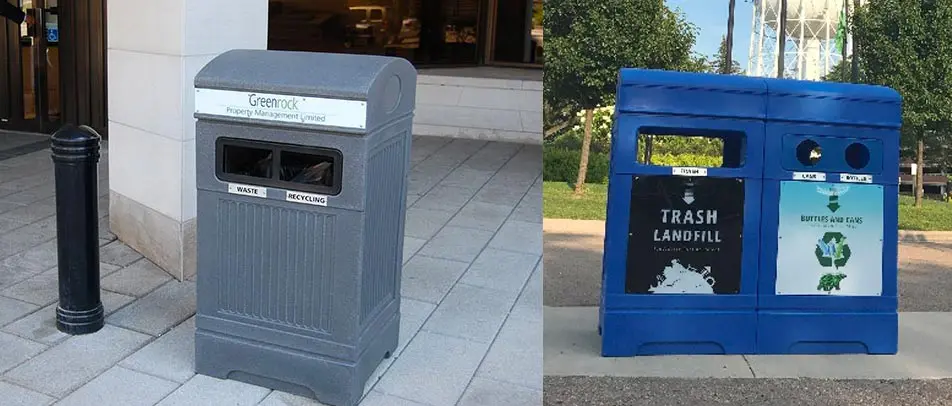
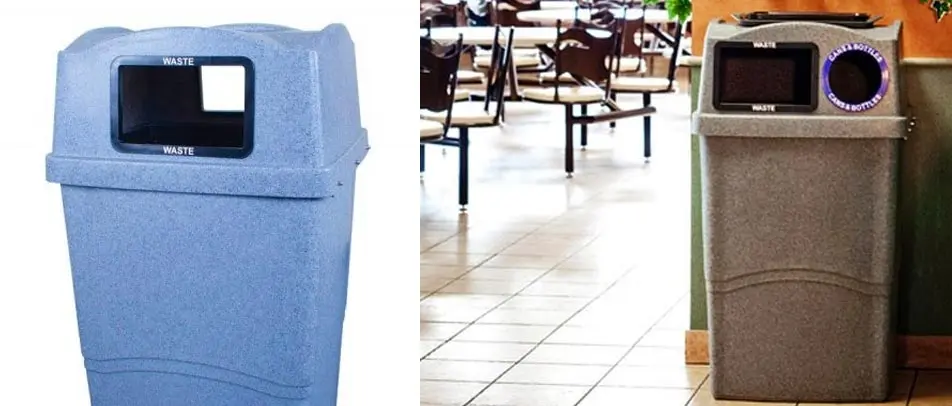
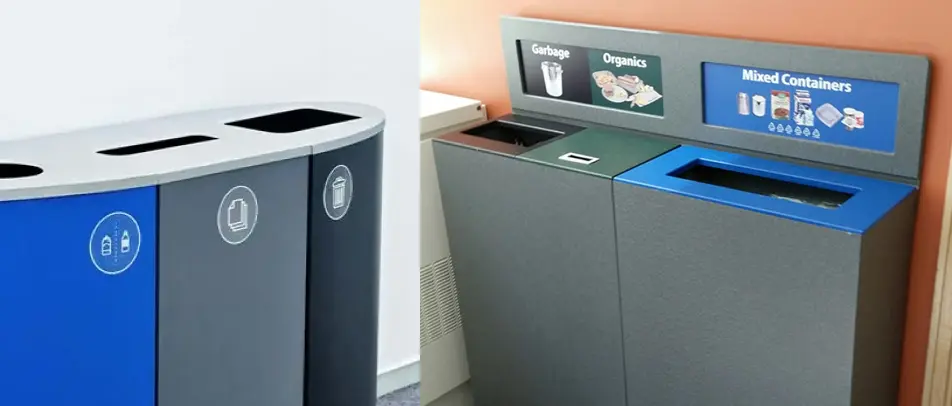
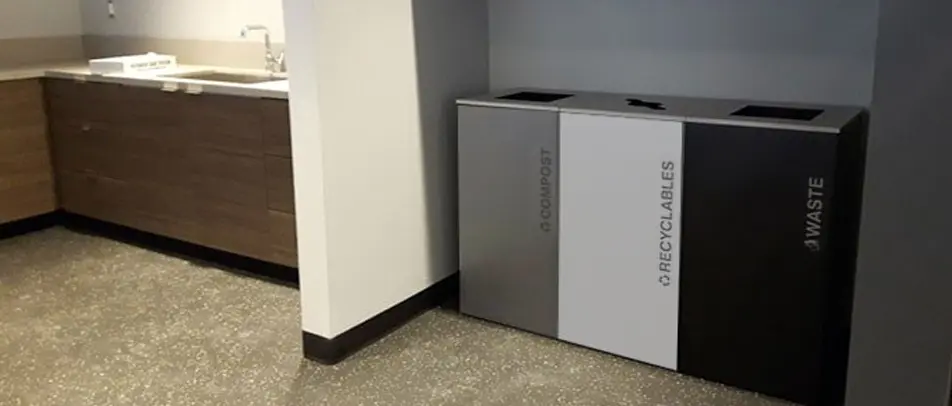
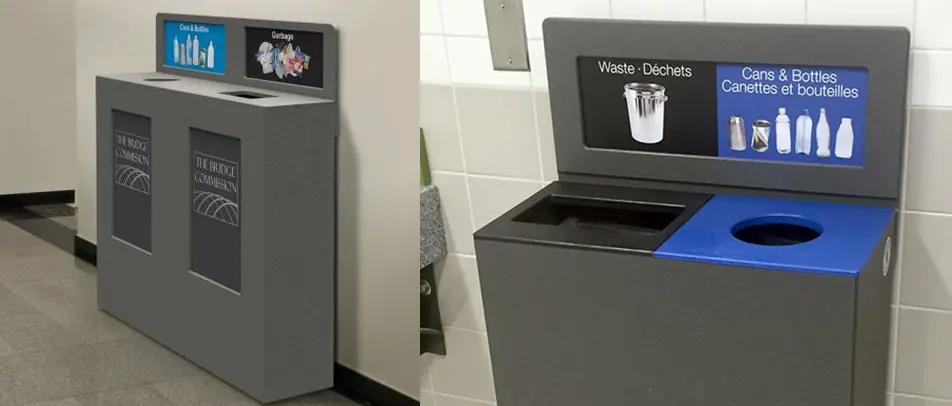
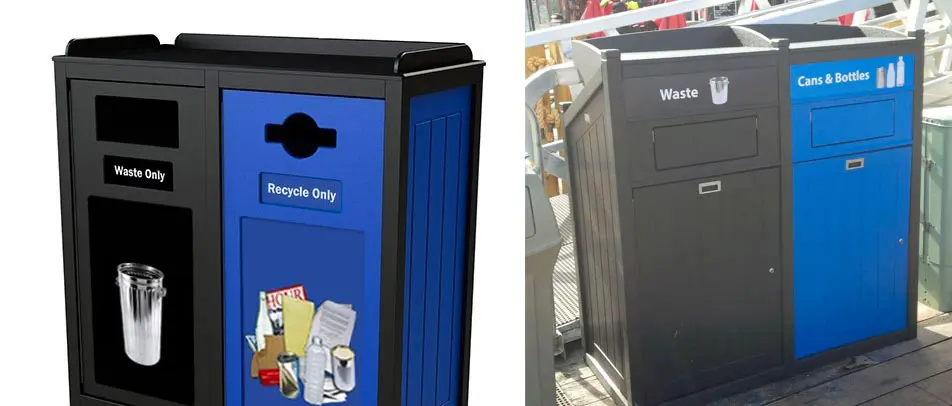











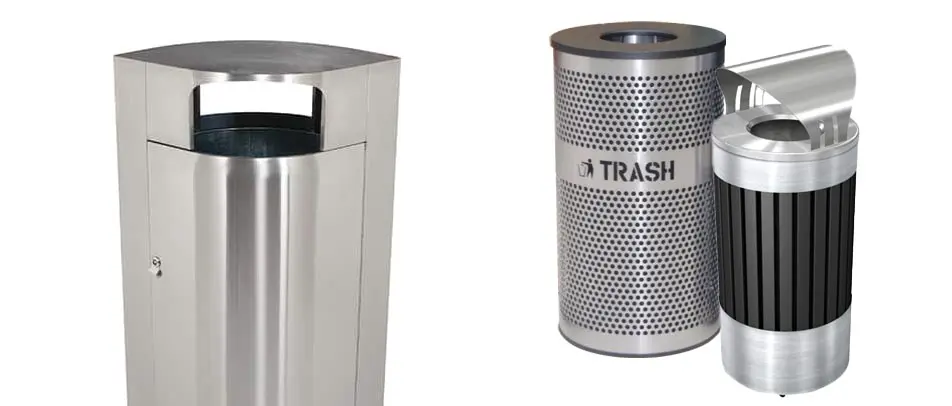

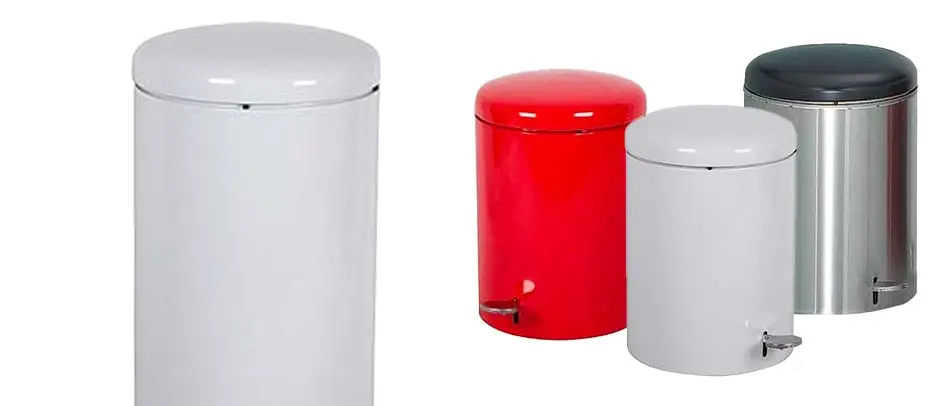





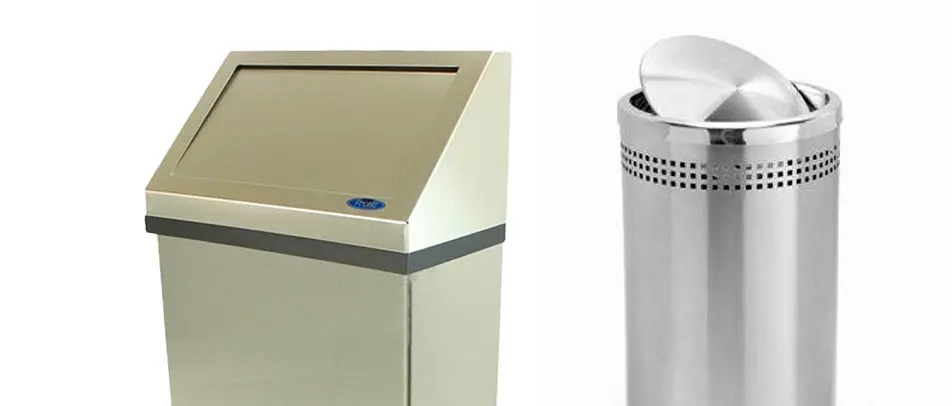







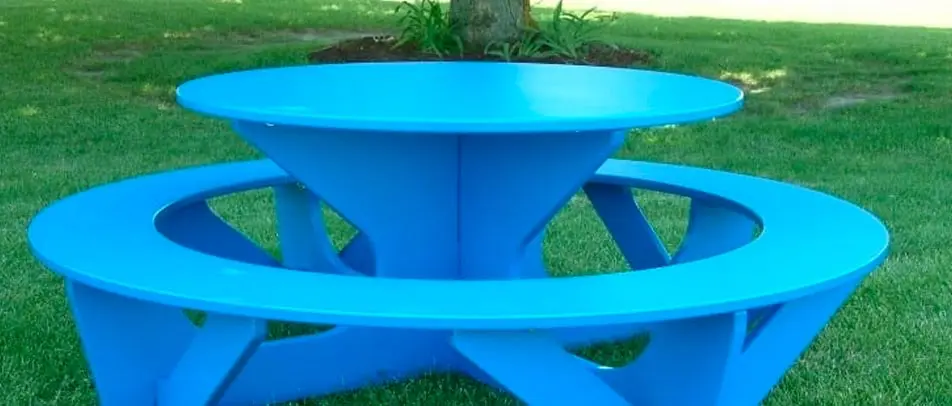

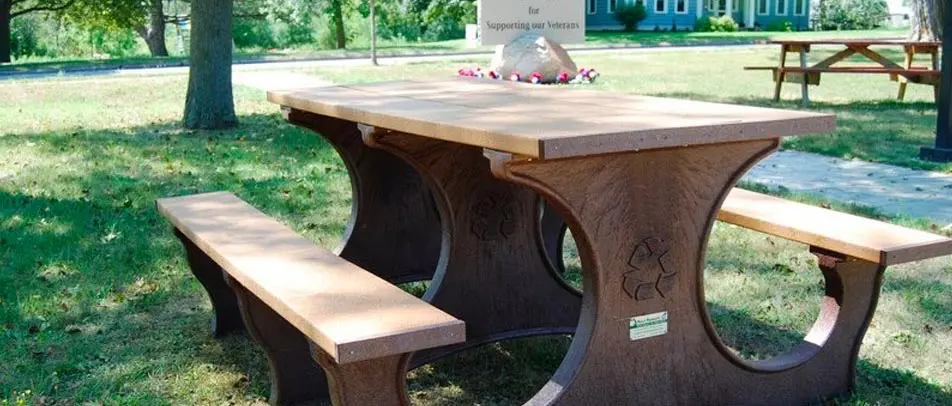


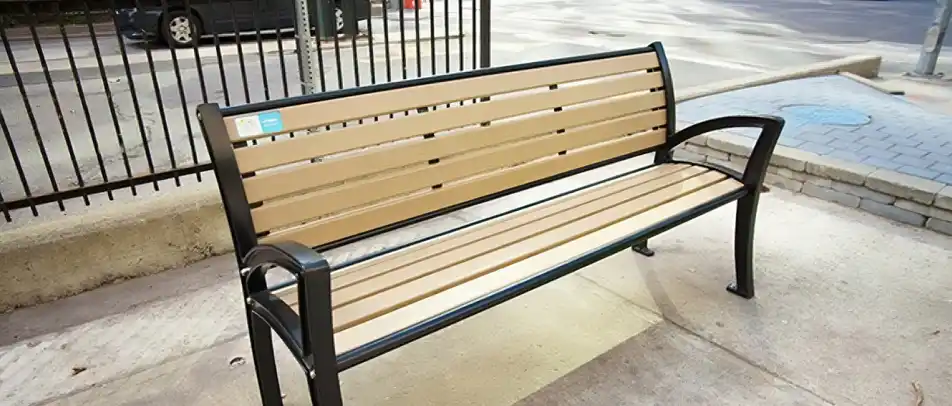

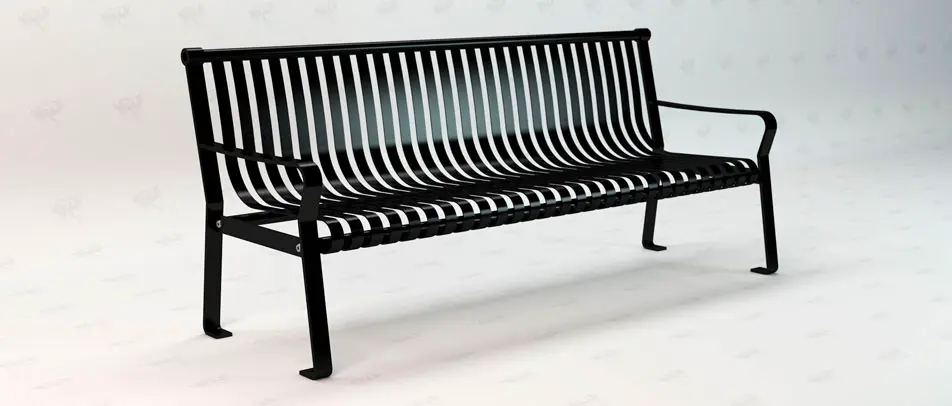
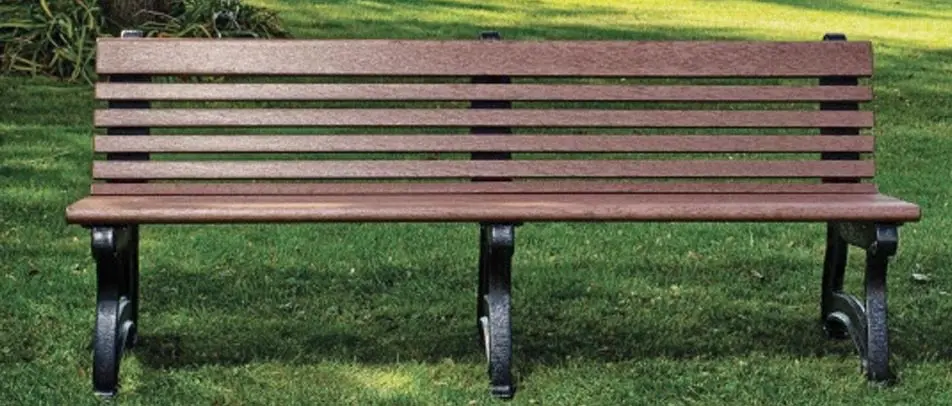

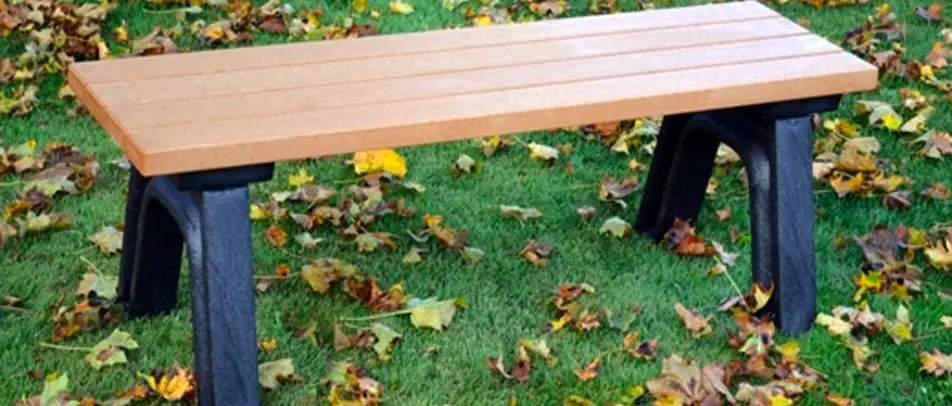





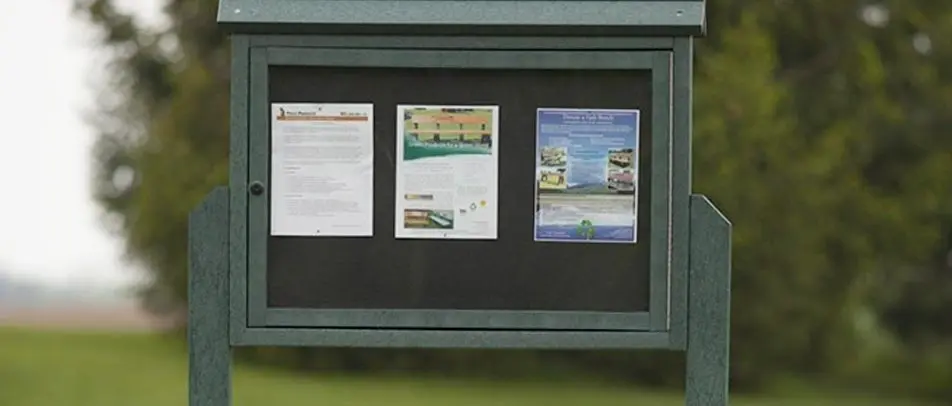
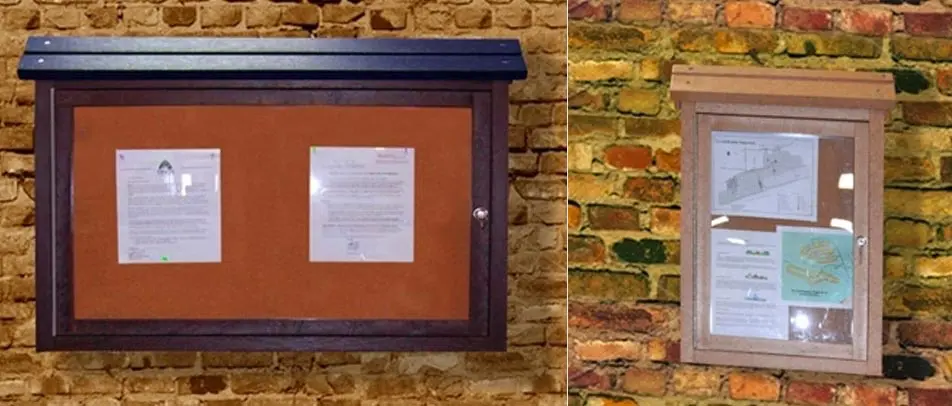


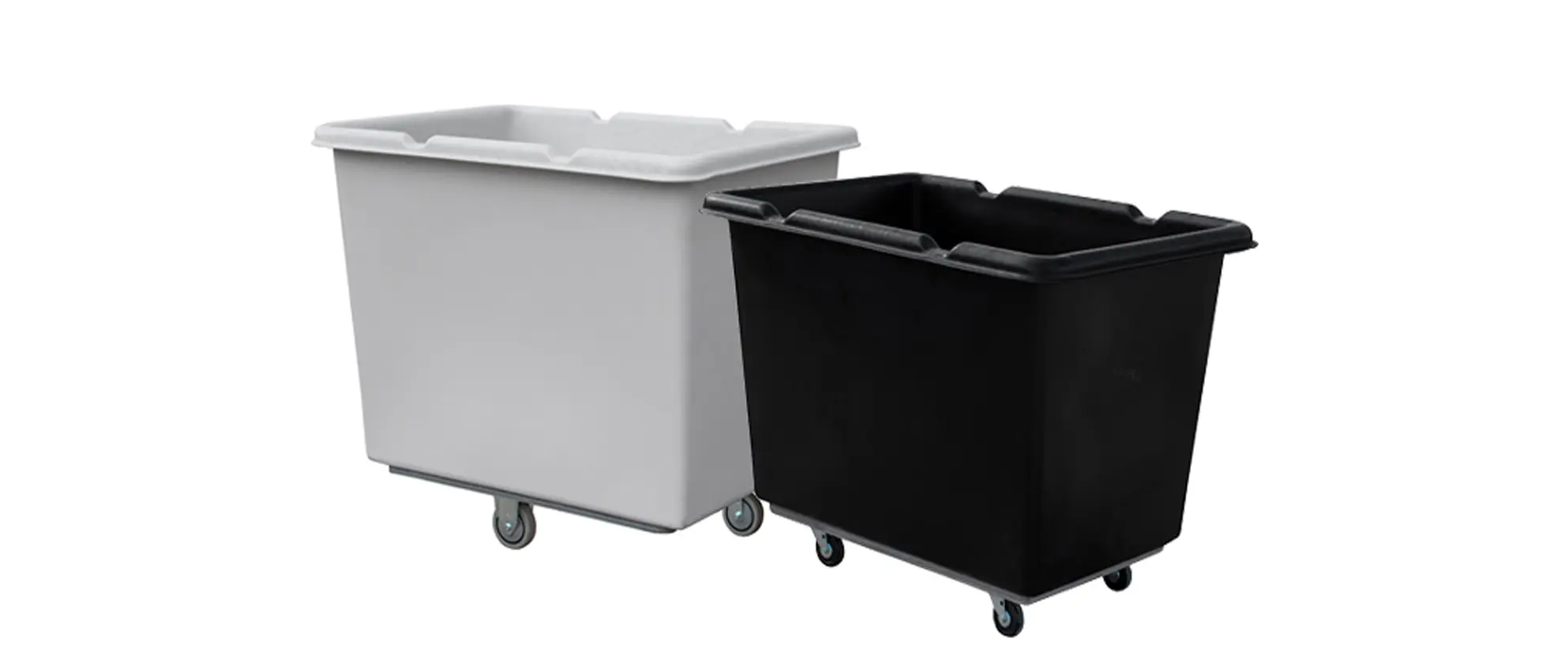




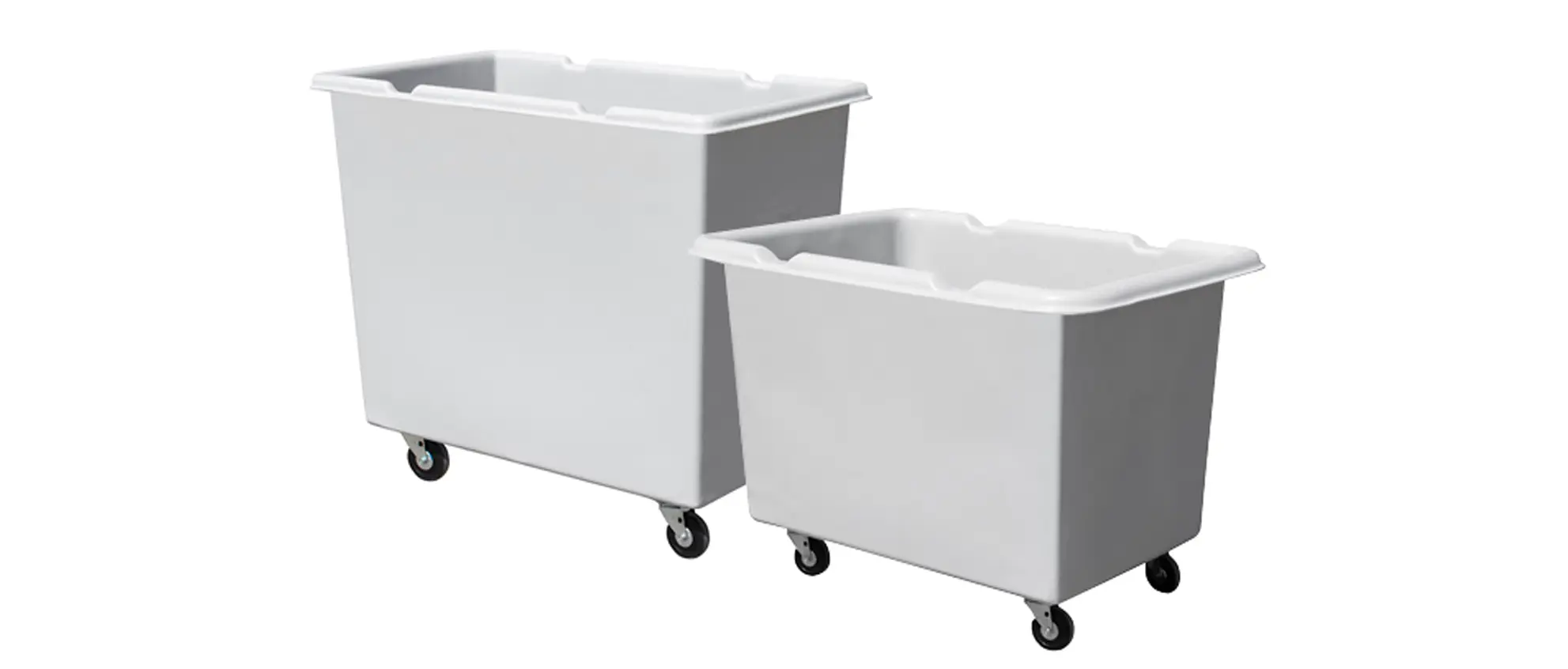



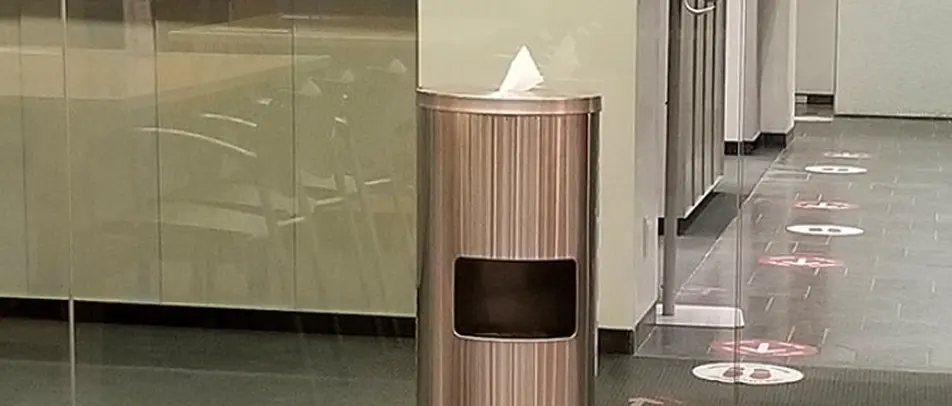



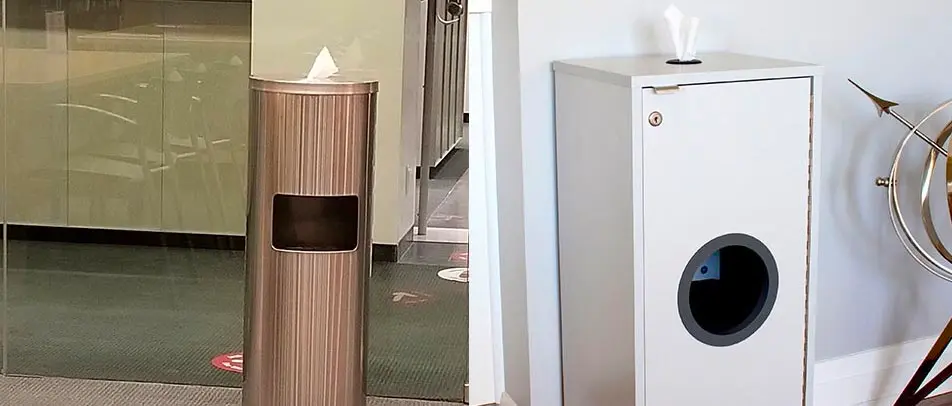


 Three Ways to Engage Teams and Clients to Maximize Your Recycling Program Engagement
Three Ways to Engage Teams and Clients to Maximize Your Recycling Program Engagement  How to Integrate Accessibility Into Your Sustainability Planning
How to Integrate Accessibility Into Your Sustainability Planning  Why Park Benches Can Promote Workplace Well-Being
Why Park Benches Can Promote Workplace Well-Being 
